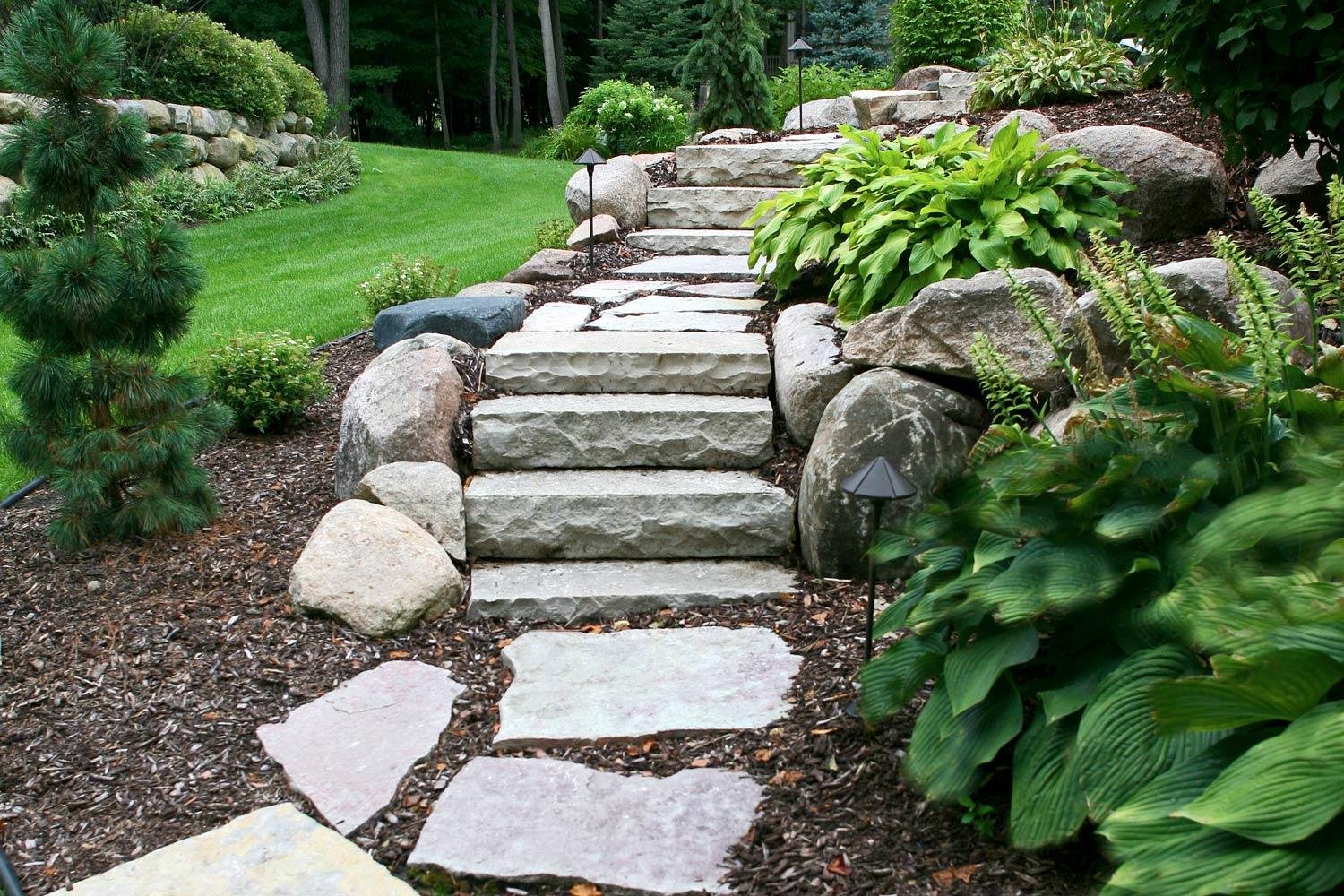Successful landscape design follows six core principles, grouped by their purpose:
🔹 Shaping the Overall Look
Proportion – Keep sizes of plants, paths, and structures in balance with the space.
Transition – Use gradual changes in height, color, or texture to create flow.
Unity – Ensure all parts of the design feel connected and cohesive.
🔹 Guiding the Viewer’s Eye
Rhythm – Repeat elements to create movement and visual interest.
Balance – Distribute visual weight evenly (symmetrical or asymmetrical).
Focal Point – Use standout features to draw attention to key areas.
These principles work together through the use of color, shape, texture, line, and scale to create a well-designed, inviting outdoor space.
🌱 Key Principles of Landscape Design
📏 Proportion
Proportion means making sure the size of plants, structures, and other features fits well with each other and with the overall space. Each element should feel balanced and appropriately scaled within the full landscape.
🔄 Transition
Transition creates smooth, gradual changes in height, size, color, or texture between landscape elements. Without it, designs can feel jarring or unbalanced. For example, using tall trees between a small home and a high wall helps bridge the height difference and creates a more natural flow..
🎵 Rhythm
Rhythm in landscape design is created by repeating elements—like plants, colors, or shapes—in a pattern. This repetition guides the viewer’s eye through the space. For example, a row of similar shrubs or trees can lead the eye along a path or highlight a specific direction.
🔗 Unity
Unity (or harmony) means all elements in the landscape work together visually. Repeating similar plant forms, colors, or styles helps create a cohesive, intentional design. For example, placing matching trees on either side of a driveway creates a sense of balance and order.
⚖️ Balance
Balance is about creating visual stability in a landscape. It’s achieved by evenly distributing elements like size, shape, and color. For example, placing similar large trees on both sides of a house helps the yard feel well-proportioned and harmonious.
🎯 Focalization
Focalization directs the viewer’s attention to a specific point in the landscape—like a sculpture, fountain, or standout plant—without feeling out of place. Strong focal points are created by surrounding elements that are balanced and consistently arranged to guide the eye naturally..
🌿 Transform Your Outdoor Space with Visionary Outdoors
At Visionary Outdoors, we bring creativity, experience, and attention to detail to every project. Whether it’s your front yard, side yard, or backyard, we work closely with you to turn your ideas into reality — combining thoughtful design with expert craftsmanship for stunning, lasting results.






